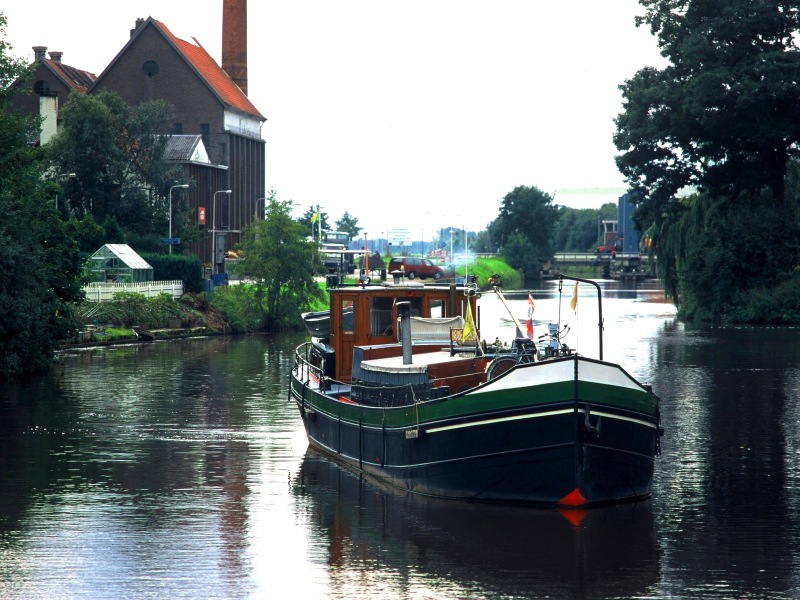Emissions of inland waterways
09.52
2010
TML used EMMOSS to calculate the impact of emission-reducing measures for inland navigation in Flanders, evaluating technologies and policy options. The study examined which local measures the Flemish government can best take.
This study investigated local measures the Flemish Government can take to reduce emissions from inland navigation. It first investigated which emission-reducing technologies could usefully be applied following the introduction of low-sulphur fuel (10ppm). The most cost-effective technologies were determined based on the information gathered on costs and reduction potential. A legal and economic-financial analysis of abatement possibilities was also done. Finally, a follow-up system was proposed.
TML's task within this study consisted mainly of calculating the impact of measures on emissions using EMMOSS.
After an initial selection, several support measures were selected for further analysis. A detailed analysis was done of measures to stimulate
The study concluded that support measures for the installation of integrated after-treatment systems, preferably combined with mandatory measures, are the most appropriate instrument.
This study investigated local measures the Flemish Government can take to reduce emissions from inland navigation. It first investigated which emission-reducing technologies could usefully be applied following the introduction of low-sulphur fuel (10ppm). The most cost-effective technologies were determined based on the information gathered on costs and reduction potential. A legal and economic-financial analysis of abatement possibilities was also done. Finally, a follow-up system was proposed.
TML's task within this study consisted mainly of calculating the impact of measures on emissions using EMMOSS.
After an initial selection, several support measures were selected for further analysis. A detailed analysis was done of measures to stimulate
- the replacement of old engines with new engines complying with Stage IIIA of the NRMM Directive,
- the installation of integrated after-treatment systems (combination of particulate filter, SCR, and oxidation catalyst),
- the use of the Tempomaat, and
- shore power.
The study concluded that support measures for the installation of integrated after-treatment systems, preferably combined with mandatory measures, are the most appropriate instrument.


